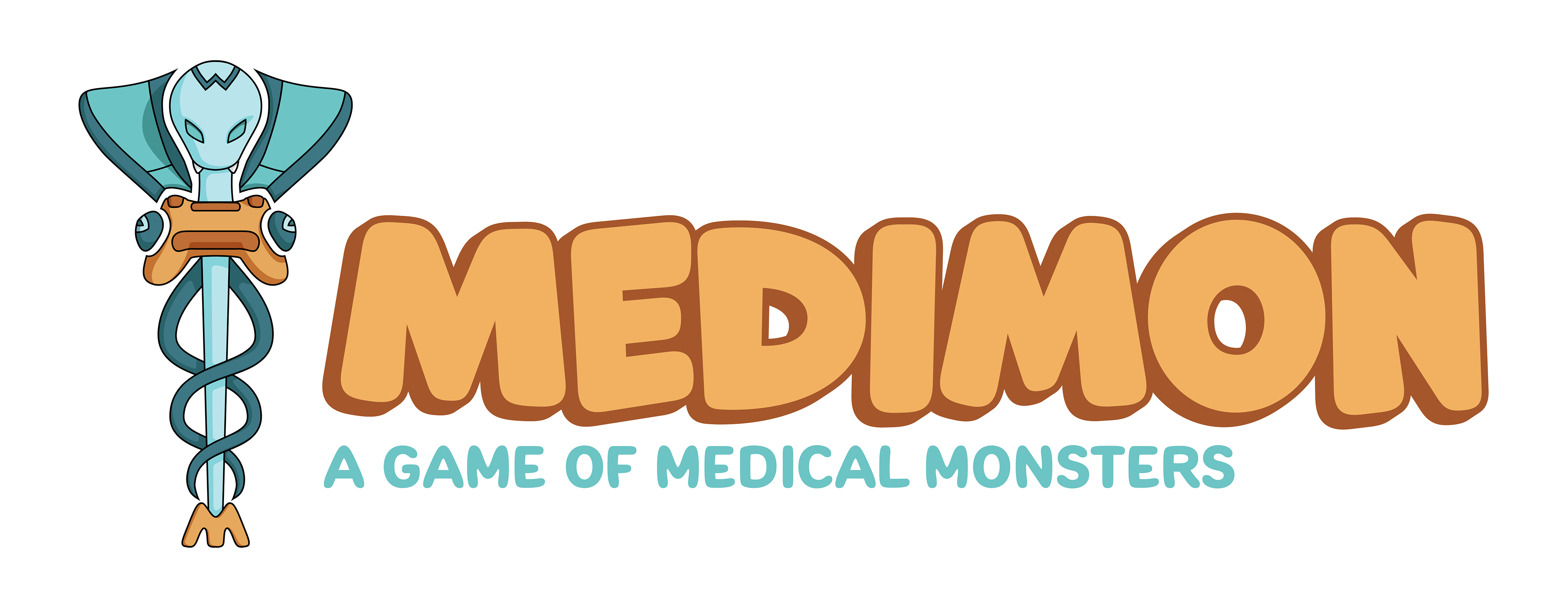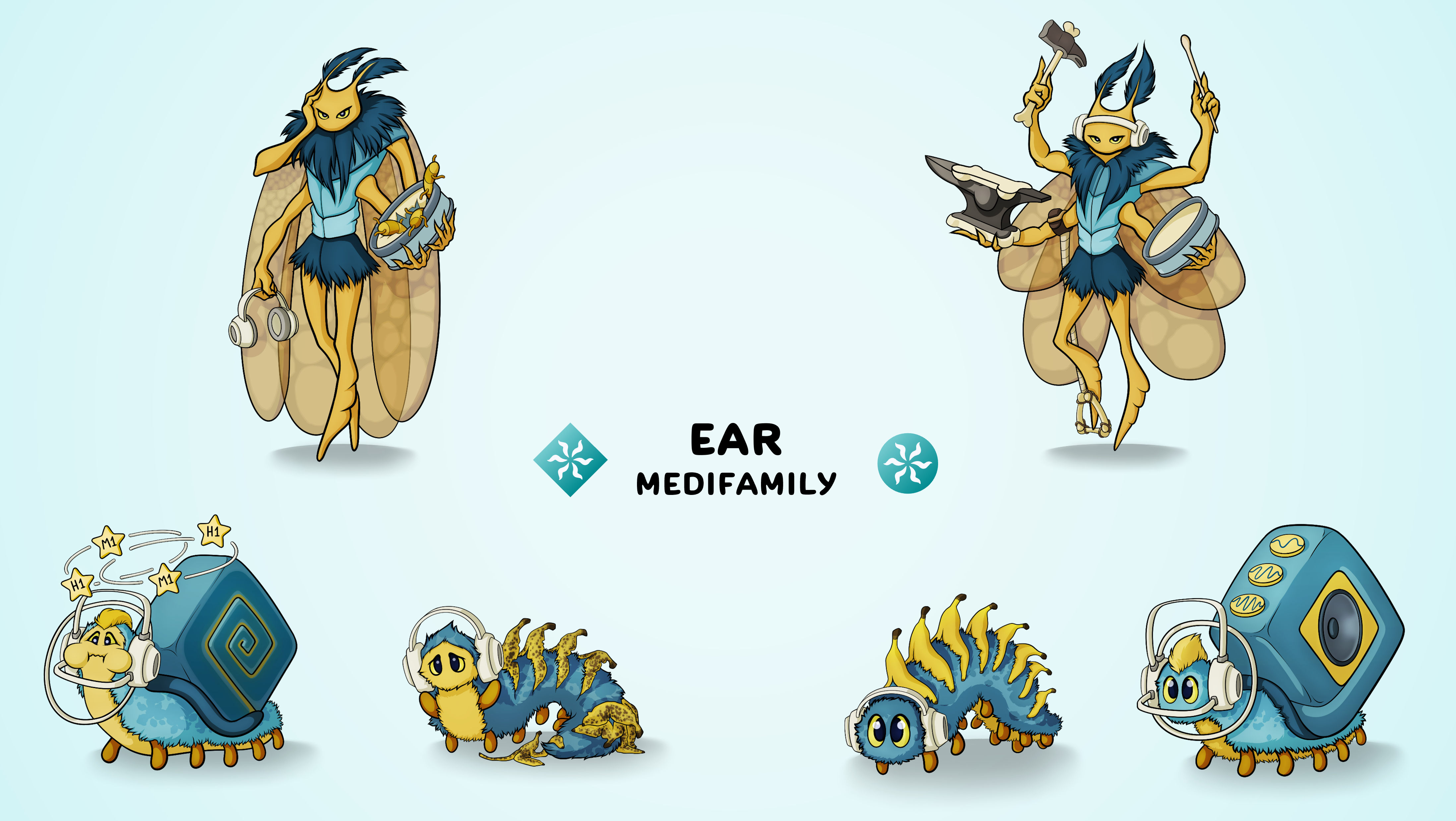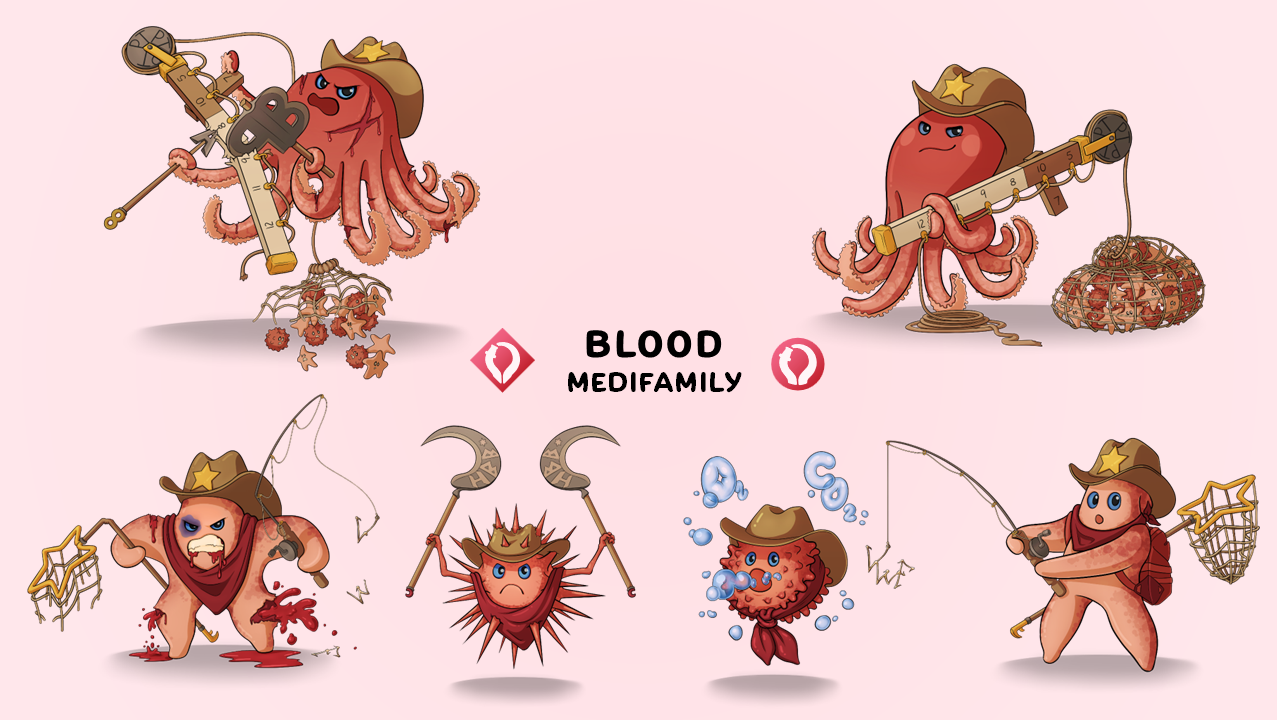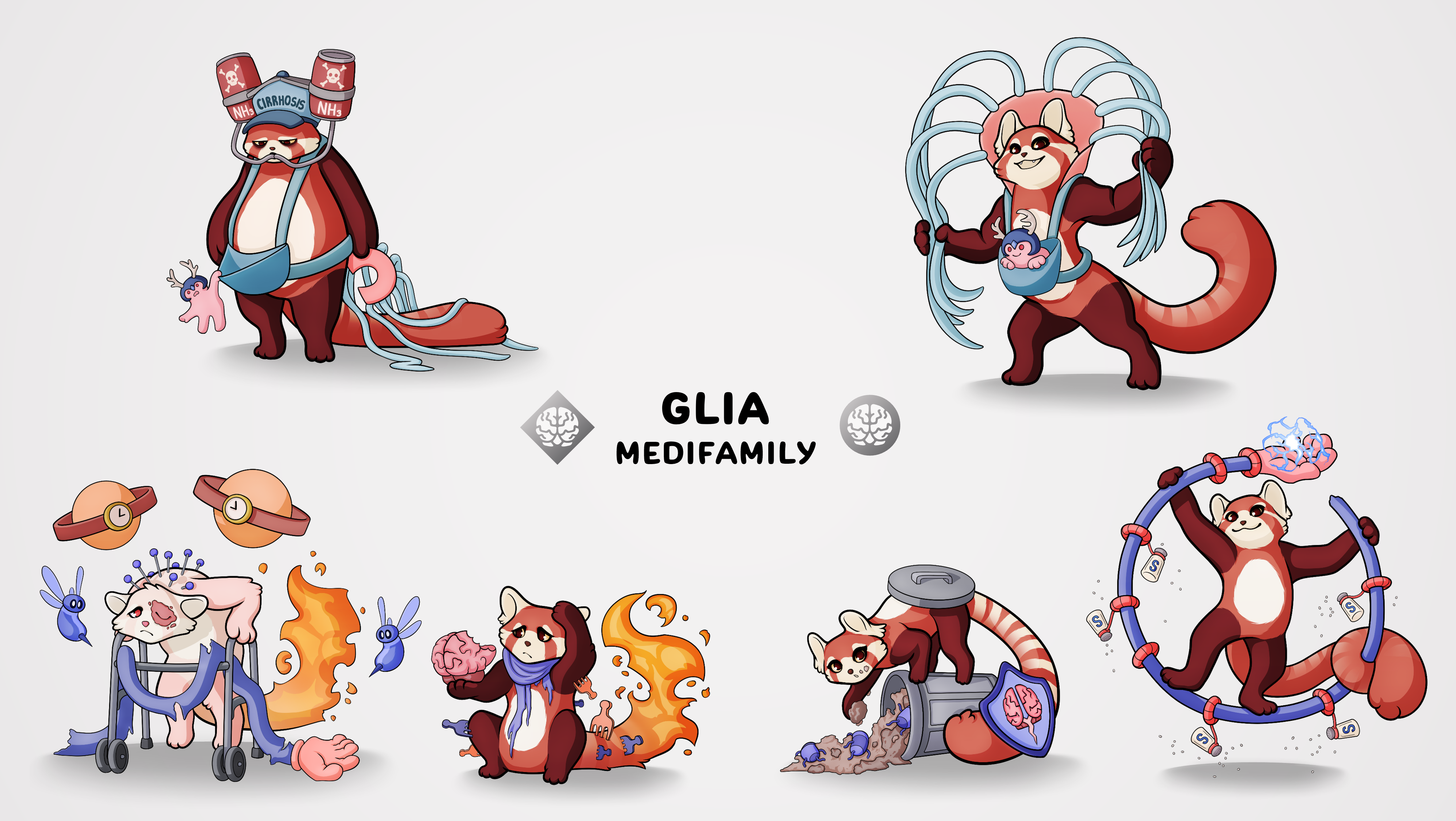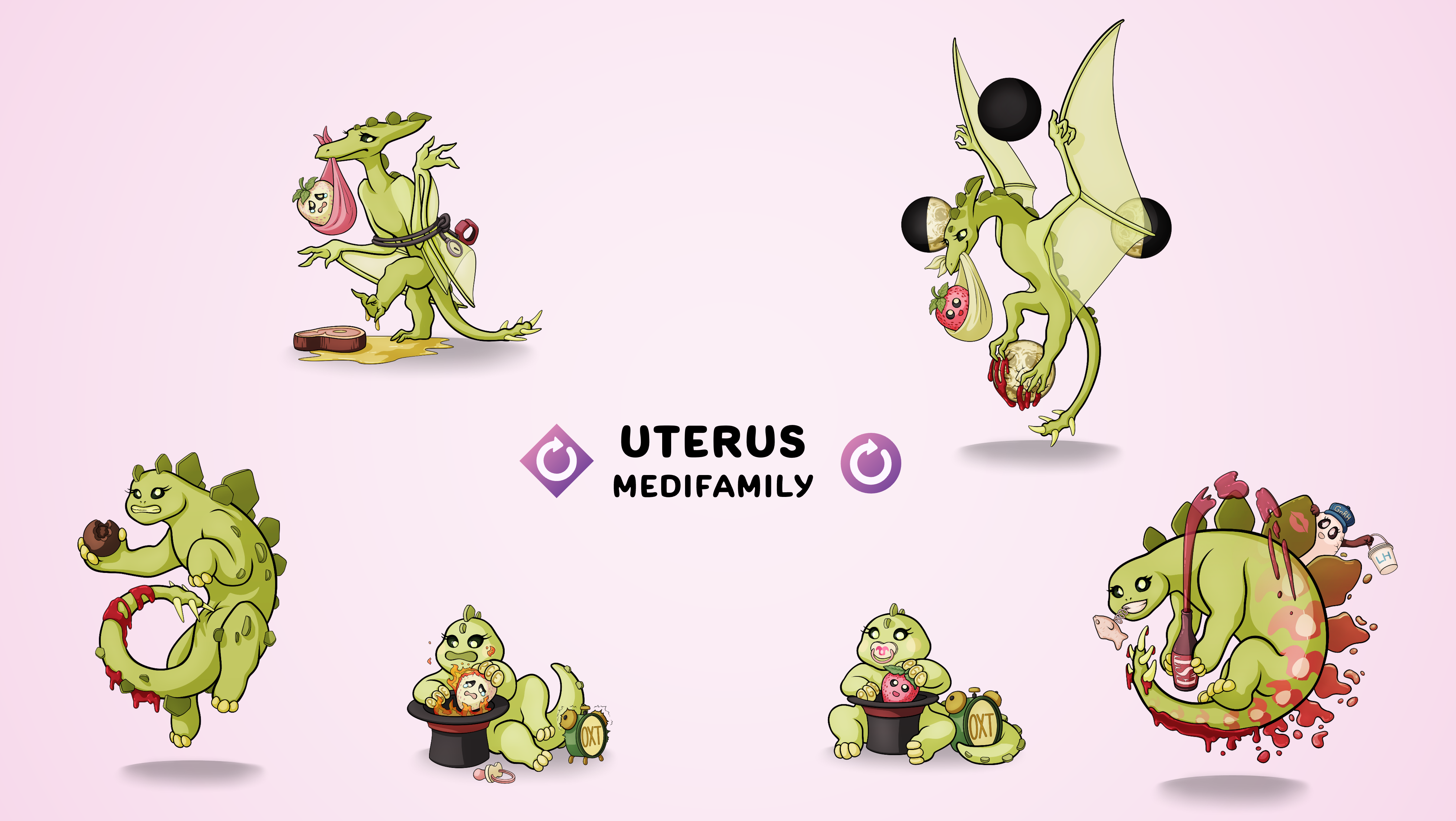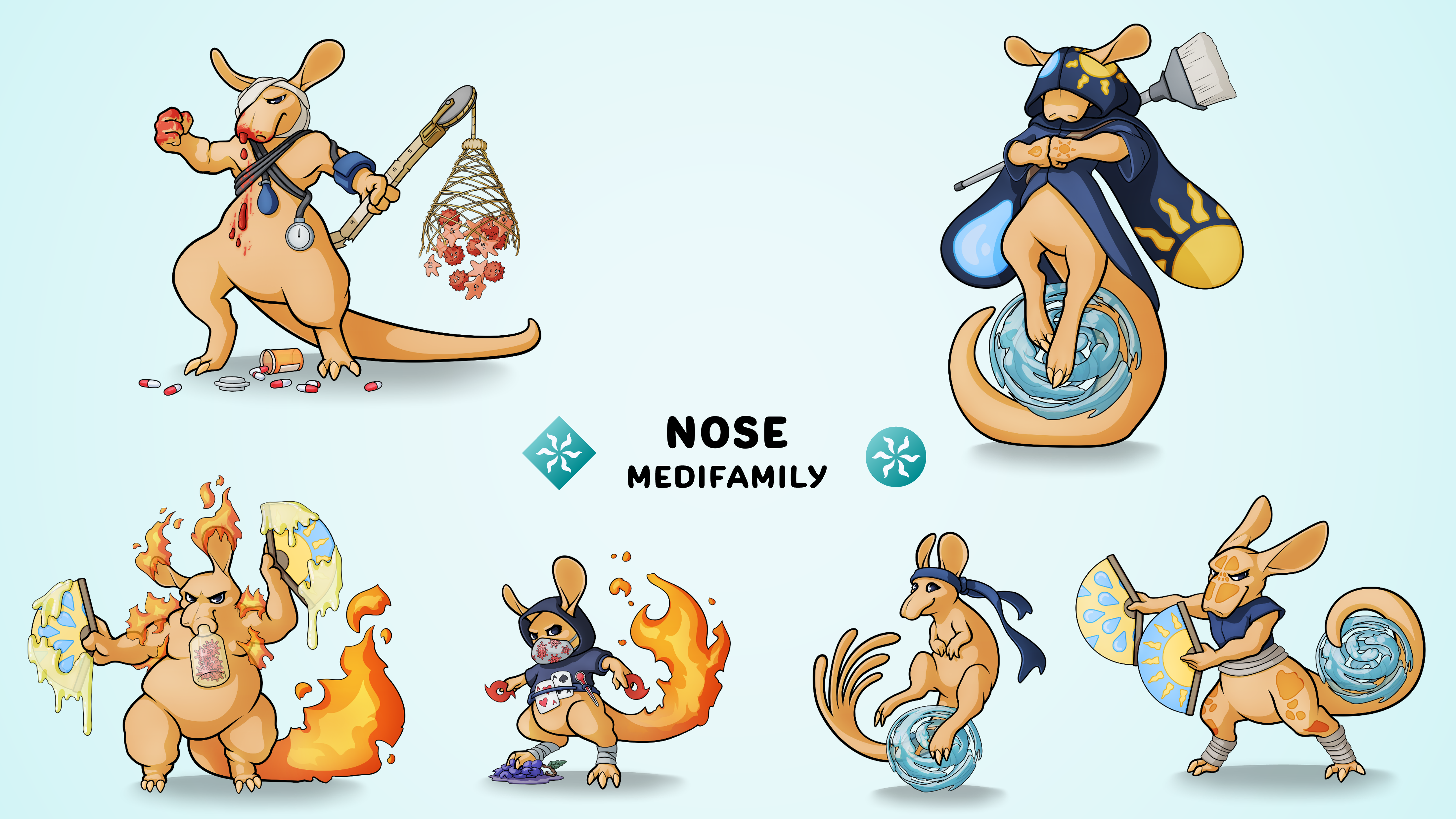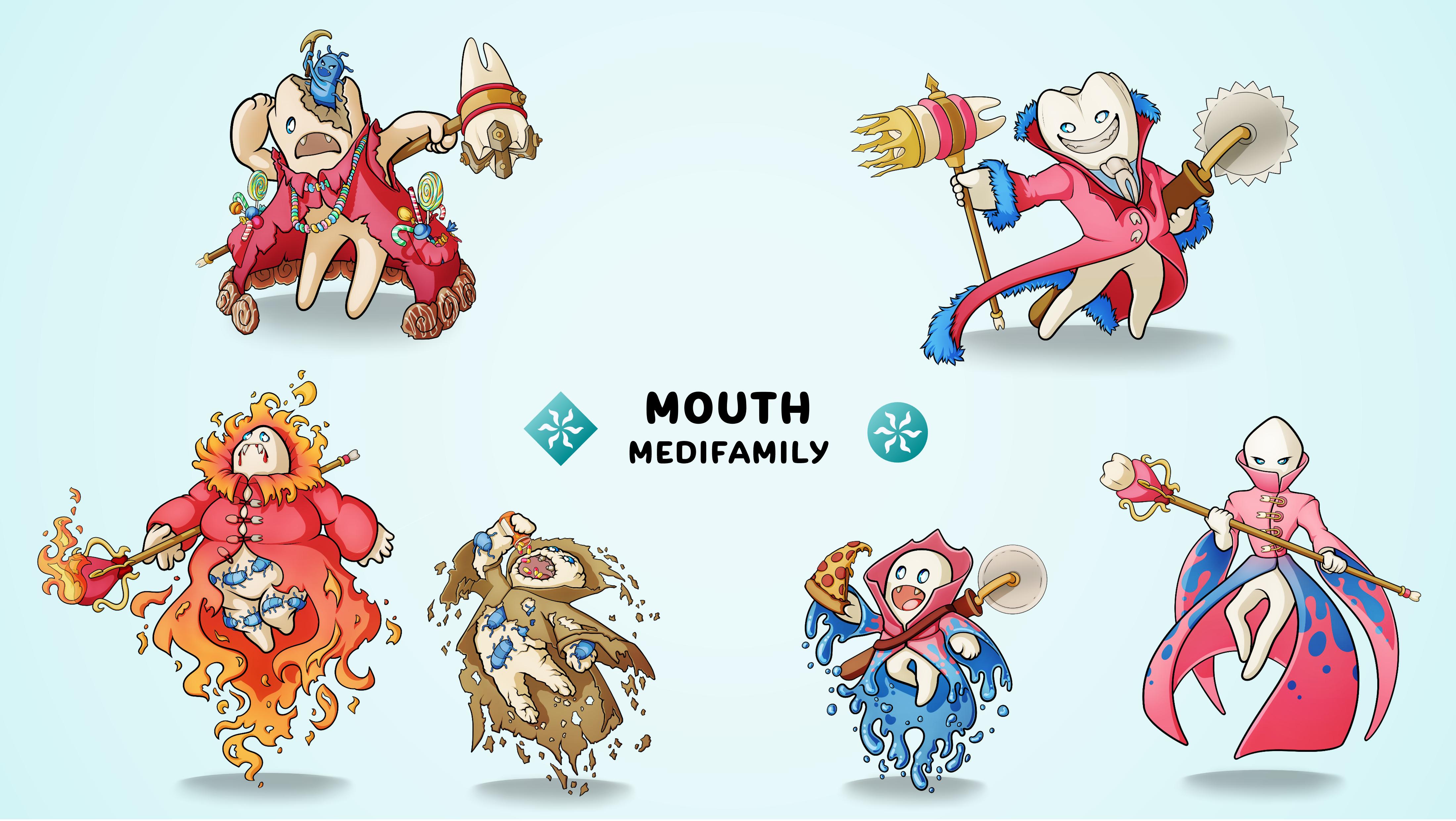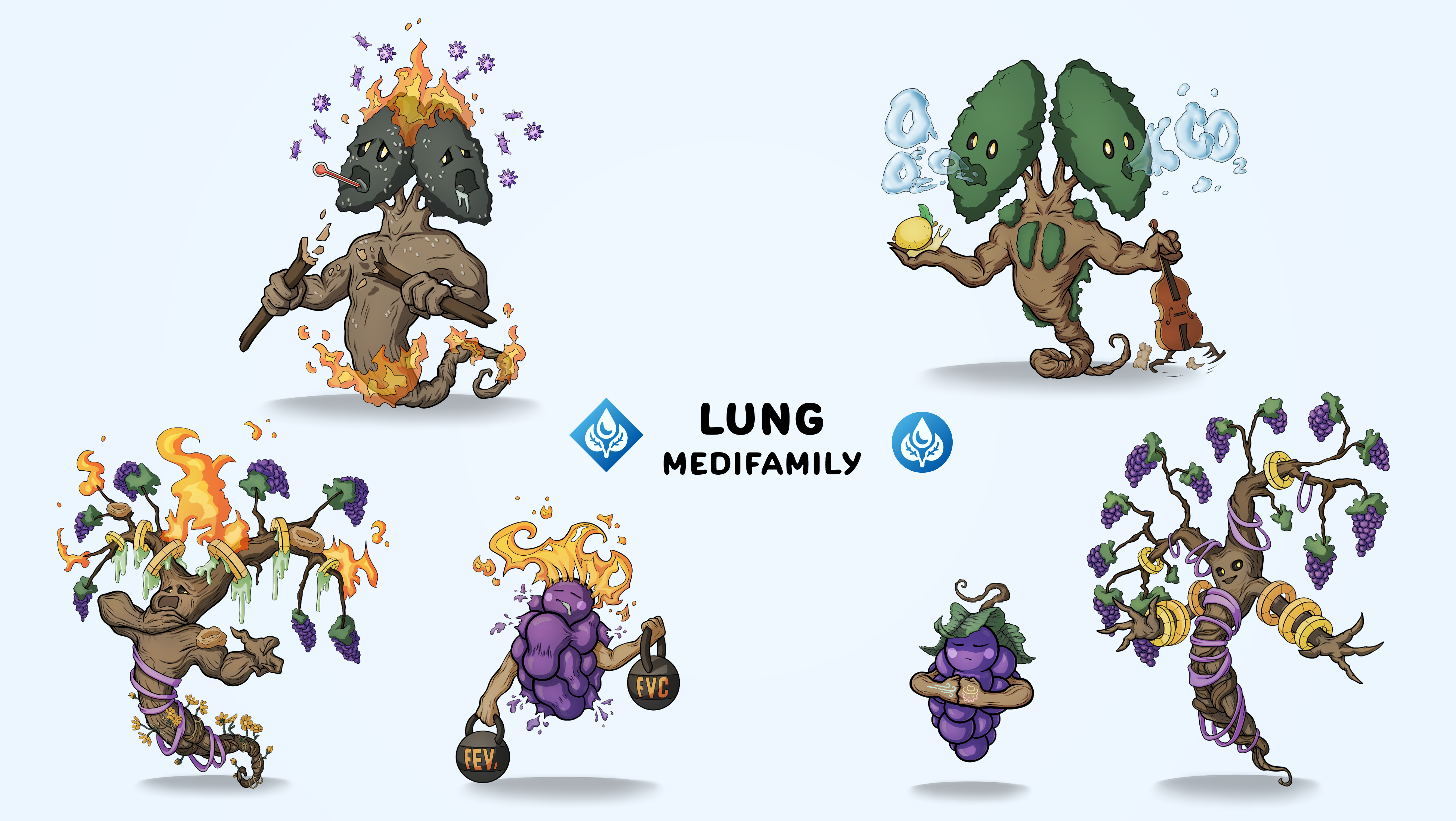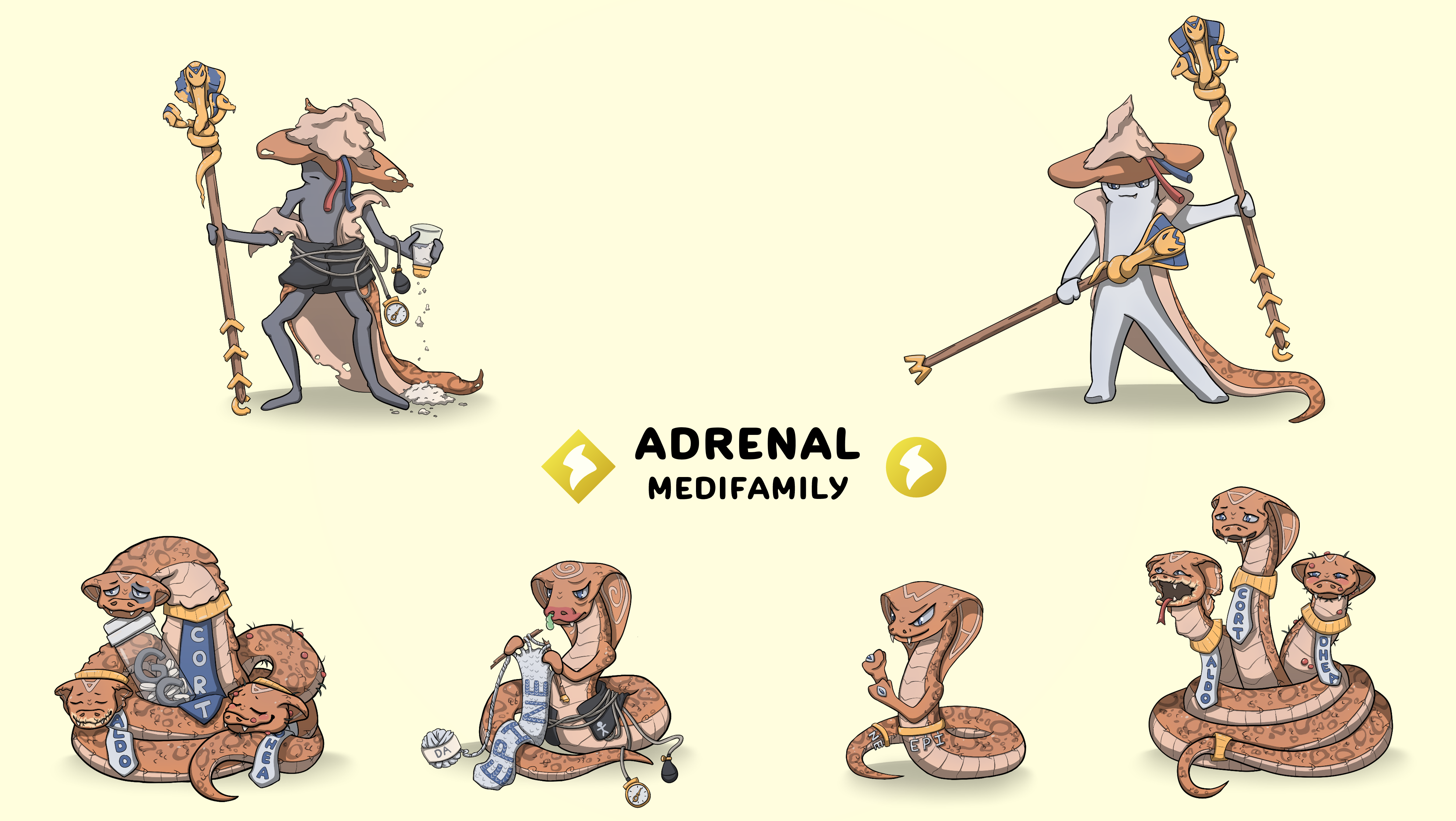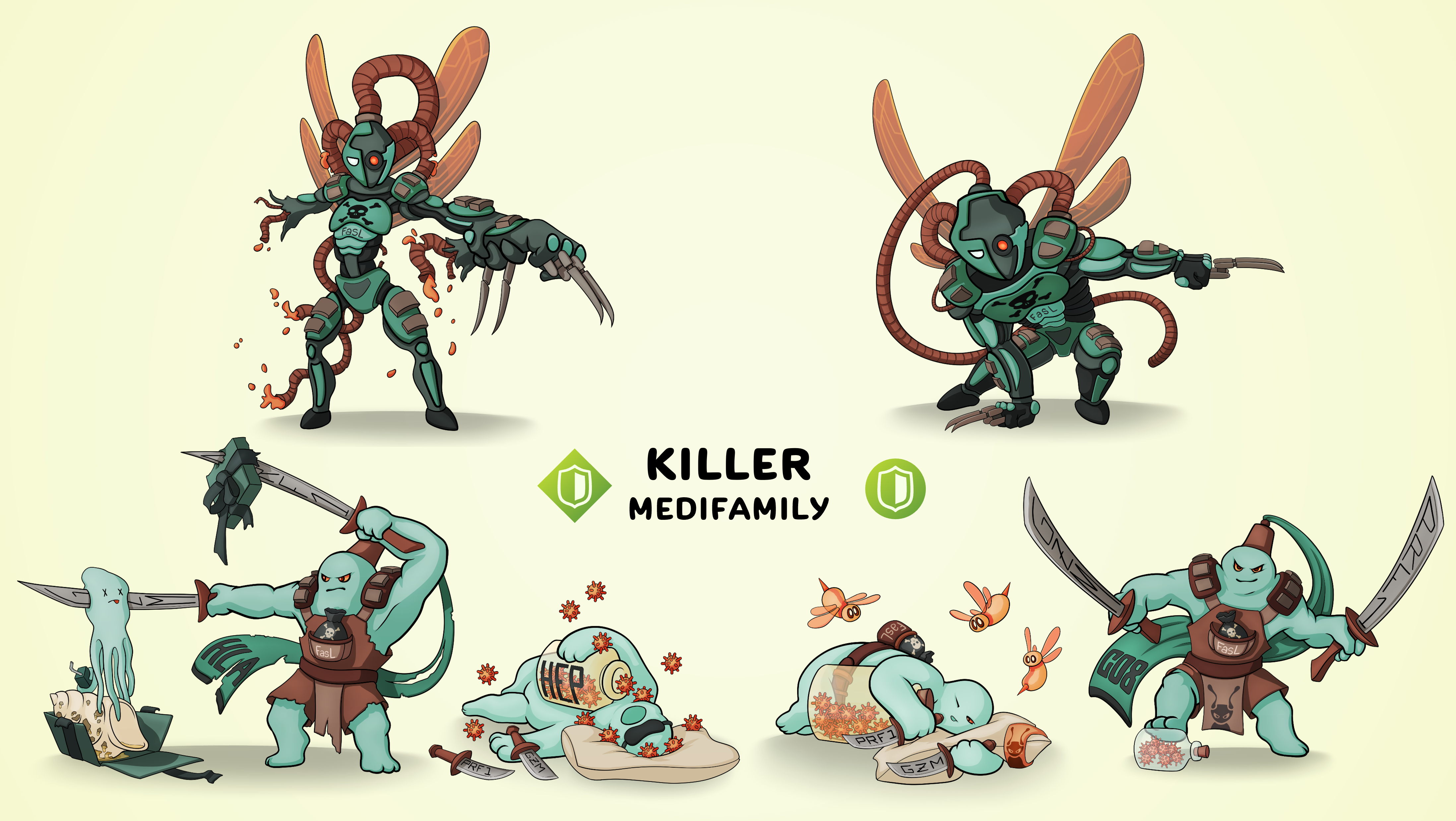Healthy heart
Cardiomyocyte
Cardiomyocytes are special cells that make up the Heart muscle. They work together to contract and pump blood throughout your body.
SA Node
The SA Node, or Sinoatrial Node, is a small group of cells in your Heart that act as its natural pacemaker. It sends electrical signals that control the Heart's rhythm and speed.
Heart
The Heart is a muscular organ that pumps blood throughout your body. It supplies oxygen and nutrients to your cells while also removing waste products like carbon dioxide.
Diseased heart
Heart Attack
A Heart Attack occurs when blood flow to a part of your Heart is blocked, usually by a blood Clot. This can damage or kill Heart muscle, causing chest pain and other symptoms.
Atrial Flutter
Atrial Flutter is an abnormal Heart rhythm where the electrical signal continuously spins through the upper chambers of the Heart (atria), causing it to beat too quickly. This can cause the Heart to pump blood less effectively and lead to symptoms like shortness of breath or fatigue.
Systolic heart failure
Systolic Heart Failure is a condition where the Heart is weak and can't pump blood out forcefully enough. This means your body doesn't get the oxygen and nutrients it needs, leading to fatigue and shortness of breath.
Diastolic Heart Failure
Diastolic Heart Failure is a condition where the Heart can't relax or is too thick to fill with blood properly. This leads to a buildup of blood in the Lungs and other parts of the body, causing symptoms like shortness of breath and swelling.
Heart Treatment
Heart Attack -> Cardiomyocyte
tPA (tissue plasminogen activator) is a medication that treats Heart Attacks by dissolving blood Clots. It helps restore blood flow to the Heart and prevents further damage to the Heart muscle.
Atrial Flutter -> SA Node
Diltiazem is a medication that treats Atrial Flutter by slowing down the Heart rate. It blocks calcium from entering which relaxes the Heart muscle, allowing it to pump blood more effectively and helps to correct the abnormal rhythm.
Systolic Heart Failure -> Heart
Furosemide is a loop diuretic medication that treats Systolic Heart Failure by helping the body get rid of excess fluid. This reduces the workload on the Heart and helps relieve symptoms like shortness of breath and swelling.
Diastolic Heart Failure -> Heart
Spironolactone is a medication that treats Diastolic Heart Failure by blocking the action of the Adrenal hormone aldosterone. This helps the body get rid of excess fluid and sodium, which can improve Heart function and reduce symptoms like shortness of breath and swelling.
